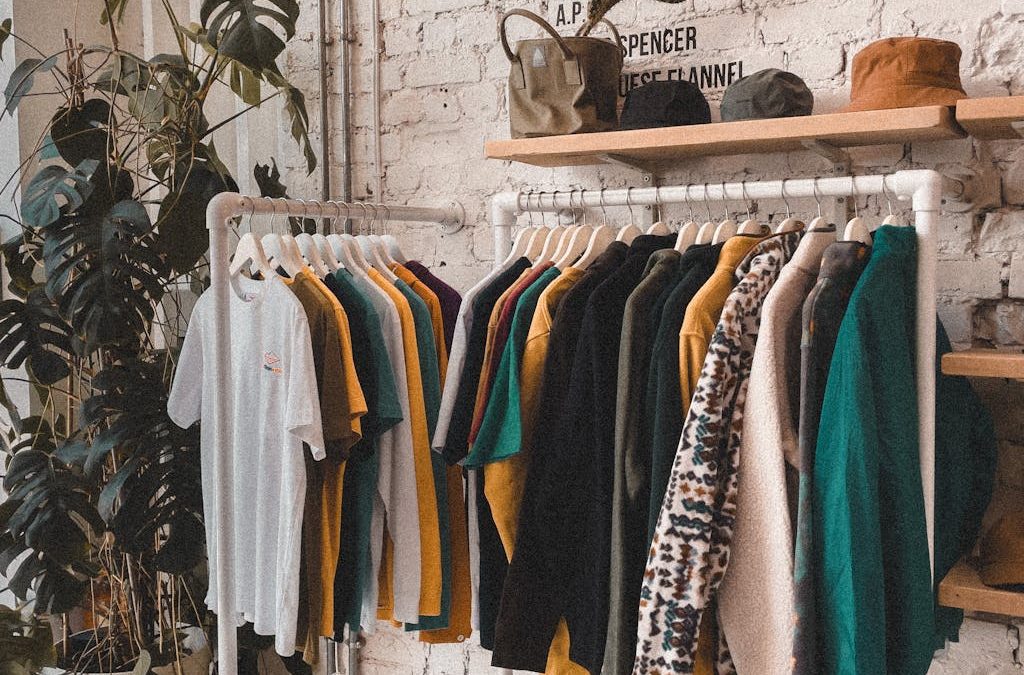
How Eco-Friendly Fashion is Changing the Industry
As concerns about the environment grow, the fashion industry is experiencing a significant shift toward sustainability. Eco-friendly fashion is no longer a niche movement but is becoming a central part of how brands and consumers approach style. From the materials used to production methods, sustainable fashion is reshaping the entire industry. Here’s how eco-friendly fashion is driving change and what it means for the future.
Sustainable Materials in the Spotlight
A key element of eco-friendly fashion is the use of sustainable materials. Traditional fabrics like polyester and nylon are derived from petroleum and are not biodegradable, contributing to landfill waste and pollution. In contrast, sustainable fashion emphasizes natural and biodegradable materials like organic cotton, bamboo, and hemp, as well as innovative alternatives like Tencel and Piñatex, which are derived from wood pulp and pineapple leaves, respectively.
Recycled fabrics are also gaining popularity, with brands turning plastic waste into stylish garments. For example, many sportswear companies are using recycled ocean plastic to create durable, eco-friendly clothing. This shift toward more sustainable materials not only reduces the environmental footprint of fashion but also encourages innovation in fabric technology.
Ethical Production and Fair Trade Practices
Sustainability isn’t just about the materials used; it’s also about how clothing is produced. Eco-friendly fashion places a strong emphasis on ethical production, ensuring that workers are treated fairly and paid decent wages. Brands that prioritize sustainability often partner with factories that adhere to fair trade practices, providing better working conditions and reducing exploitation in the supply chain.
Additionally, many eco-conscious companies are transparent about their production processes, allowing consumers to trace where and how their clothes are made. This level of transparency helps to build trust and ensures that consumers are supporting brands that align with their values.
The Rise of Slow Fashion
Fast fashion, with its emphasis on cheap, disposable clothing, has long been criticized for its negative environmental impact. In response, the slow fashion movement has gained momentum, encouraging consumers to buy fewer, higher-quality pieces that are designed to last. Slow fashion promotes mindful shopping, focusing on timeless, versatile garments that don’t follow the short-lived trends of fast fashion.
By encouraging people to invest in durable clothing made from sustainable materials, slow fashion aims to reduce the waste and pollution associated with mass production. It also promotes a shift away from overconsumption, advocating for a more thoughtful approach to personal style.
Second-Hand and Vintage Fashion
Second-hand shopping is another important aspect of eco-friendly fashion. Thrifting, vintage shops, and online resale platforms like Poshmark and Depop have seen a surge in popularity as consumers look for more sustainable ways to update their wardrobes. Buying second-hand clothing extends the life of garments, reducing the demand for new production and decreasing waste.
Vintage fashion, in particular, allows shoppers to embrace unique, one-of-a-kind pieces while making an eco-friendly choice. The growing popularity of second-hand shopping has helped to shift the perception of used clothing from something undesirable to a fashionable and sustainable choice.
Rental Fashion: A Sustainable Alternative
Fashion rental services are becoming increasingly popular as consumers look for ways to reduce their environmental footprint. Platforms like Rent the Runway and HURR offer a sustainable alternative to buying new clothes by allowing people to rent high-end garments for special occasions. This reduces the demand for one-time-use clothing and promotes a more circular economy.
By renting clothes, consumers can enjoy a wide variety of styles without contributing to the environmental impact of fast fashion. Rental services are particularly appealing for those who want to wear trendy or luxury items without the long-term commitment of purchasing them.
The Role of Technology in Sustainable Fashion
Technology is playing a significant role in the rise of eco-friendly fashion. From innovations in fabric development to advancements in production processes, technology is helping the industry become more sustainable. For instance, 3D printing is being used to create garments with minimal waste, while blockchain technology is improving supply chain transparency by allowing consumers to trace the origin of their clothing.
Eco-friendly fashion is revolutionizing the industry by prioritizing sustainability at every level, from materials and production to consumer habits. As more brands embrace sustainable practices and consumers become increasingly aware of their environmental impact, eco-friendly fashion is poised to become the new norm. This shift toward sustainability not only benefits the planet but also promotes a more mindful and responsible approach to style.











